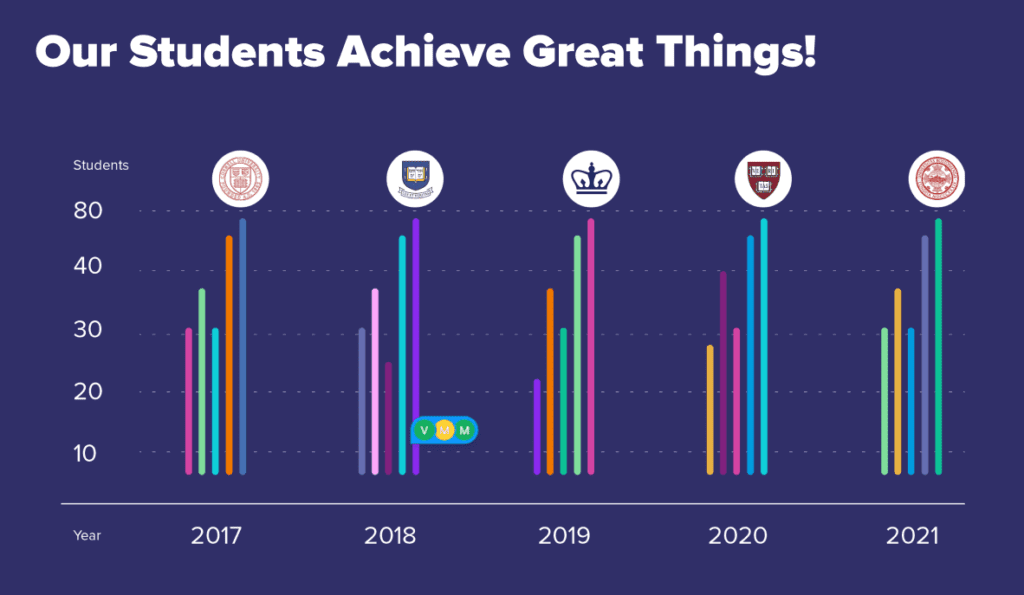Marketing has become a significant component of K-12 schools’ strategies to attract and retain students. With the rise of competition among schools and the increasing number of education options available to families, schools must differentiate themselves and promote their offerings. However, there are costs associated with marketing, and schools may wonder if the return on investment (ROI) is worth it. So, let’s take a closer look at the ROI of K-12 schools marketing to families.
Increased Enrollment
The primary goal of marketing for K-12 schools is to increase enrollment. By promoting their unique offerings, such as specialized programs or exceptional academic results, schools can attract families looking for the best education for their children. Effective marketing can help schools stand out in a crowded education market and increase their enrollment numbers. More students mean more tuition revenue, which can result in a higher ROI for marketing efforts.

Improved Retention Rates
Marketing efforts can also improve retention rates by highlighting the school’s strengths and encouraging families to remain enrolled. By creating a positive image and communicating regularly with parents, schools can build a strong relationship with families and create a sense of community. This can lead to increased loyalty and a lower attrition rate. A lower attrition rate means that schools spend less time and resources on recruiting new students and can focus on improving the educational experience for their current students.
Increased Community Support
Effective marketing can also lead to increased community support. When schools promote their programs and achievements, they demonstrate their value to the community. This can lead to increased support from local businesses, community organizations, and donors, resulting in additional funding opportunities for the school. This additional funding can be used to enhance the educational experience for students, such as investing in technology, facilities, or extracurricular programs.
Improved Reputation
Marketing can also improve a school’s reputation in the community. By promoting their successes, such as high test scores, extracurricular accomplishments, or specialized programs, schools can create a positive image in the community. This can lead to increased respect and recognition among parents, educators, and policymakers. A positive reputation can also attract more talented teachers and staff, resulting in better educational outcomes for students.
Enhanced Engagement
Finally, marketing can lead to enhanced engagement from families. By promoting events and programs, schools can encourage families to become more involved in the school community. Increased engagement can lead to a stronger partnership between parents and educators, resulting in improved academic outcomes for students. Additionally, engaged families may be more likely to make additional contributions, such as volunteering their time, serving as Family Ambassadors, or making donations, resulting in additional resources for the school.
Marketing to families can have a significant ROI for K-12 schools. Effective marketing can increase enrollment, improve retention rates, increase community support, improve reputation, and enhance engagement. However, schools must be strategic in their marketing efforts, ensuring that their messaging is consistent and targeted towards their desired audience. Additionally, schools must consider the costs associated with marketing, such as hiring marketing professionals, creating marketing materials, and running advertising campaigns. Alternatively, schools may hire a service provider to create marketing materials and partner with the school to share them with the appropriate families. By carefully evaluating the costs and benefits of marketing, schools can make informed decisions and maximize their ROI.

